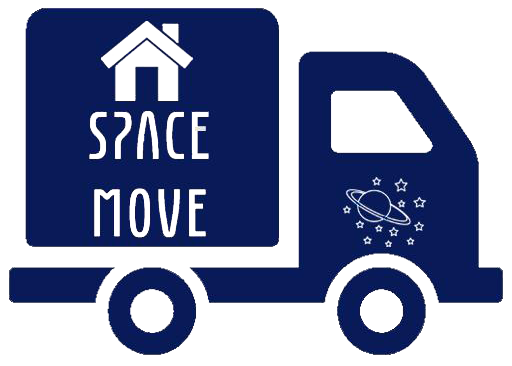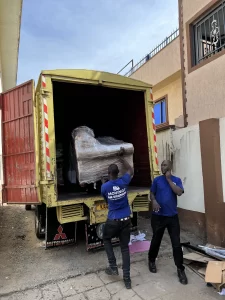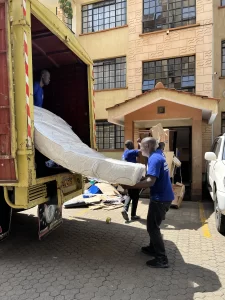Moving day can bring more than a little uncertainty. From treasured family heirlooms to expensive electronics, ensuring the safety of your possessions is paramount. That’s where moving insurance comes in. But what is it, and how does it work for residents in Kenya?
Introduction to Moving Insurance
Amid the hustle and bustle of moving, one thing often overlooked is what could happen to your belongings in transit. Accidents, theft, and natural disasters can happen without warning. Moving insurance seeks to provide a safety net, offering financial protection and peace of mind. But not all policies are created equal, which is why understanding your options is crucial.
Types of Moving Insurance: Full Value vs. Released Value
In the realm of moving insurance, there are primarily two types you’ll encounter:
- Full Value Protection: This comprehensive plan covers the repair, replacement, or reimbursement of any items lost or damaged during the move. It comes at a higher premium but offers extensive coverage.
- Released Value Protection: Offered at no additional cost, this basic coverage only protects your belongings up to a certain amount per pound, meaning compensation may be significantly less than the item’s actual value.
Deciding between the two involves assessing the value of your belongings and your financial comfort in replacing them if something goes wrong.
Assessing Your Needs: What Does Moving Insurance Cover?
Typical policies cover losses due to theft, accidents, or natural disasters during transit. However, nuances depend on the specific plan and provider. Some items, especially high-value or fragile ones, may require special considerations or additional coverage.
It’s also wise to check if your homeowner’s insurance extends to moving. Some policies cover possessions outside the home, potentially saving you from purchasing additional moving insurance.
Cost of Moving Insurance: Is It Worth the Investment?
The cost of moving insurance varies based on the total value of your inventory, the level of coverage you choose, and your deductible. On average, full-value protection can cost around 1% of the total value of your items.
While it’s an extra expense, consider the potential costs of replacing items out of pocket. Analyzing your inventory’s worth and vulnerability to damage can help you determine if insurance is a sound investment for you.
Filing a Claim: Steps to Take When Something Goes Wrong
If the unexpected happens, knowing how to file a claim is essential. Here’s what you need to do:
- Notify Your Moving Company: Contact them immediately about any visible loss or damage. There’s often a limited timeframe to file a claim.
- Document the Damage: Take clear photos of any damage, and gather receipts or appraisals proving the item’s value.
- Complete Claim Forms: Fill out all necessary paperwork provided by your movers or insurance company, being as detailed as possible.
- Follow Up: Stay in touch with the company during the claims process, which might involve inspection or additional documentation.
Understanding this process beforehand can make a stressful situation more manageable and increase the chances of a favorable resolution.
Conclusion: The Peace of Mind Factor
Navigating the landscape of moving insurance may seem daunting, but it’s all about the reassurance of knowing your possessions are protected. By understanding the types of coverage, what they entail, and how to handle potential issues, you’re setting yourself up for a more secure moving experience.
Ready to take the next step? Contact Spacemove Kenya’s trusted advisors for guidance tailored to your unique moving insurance needs.







